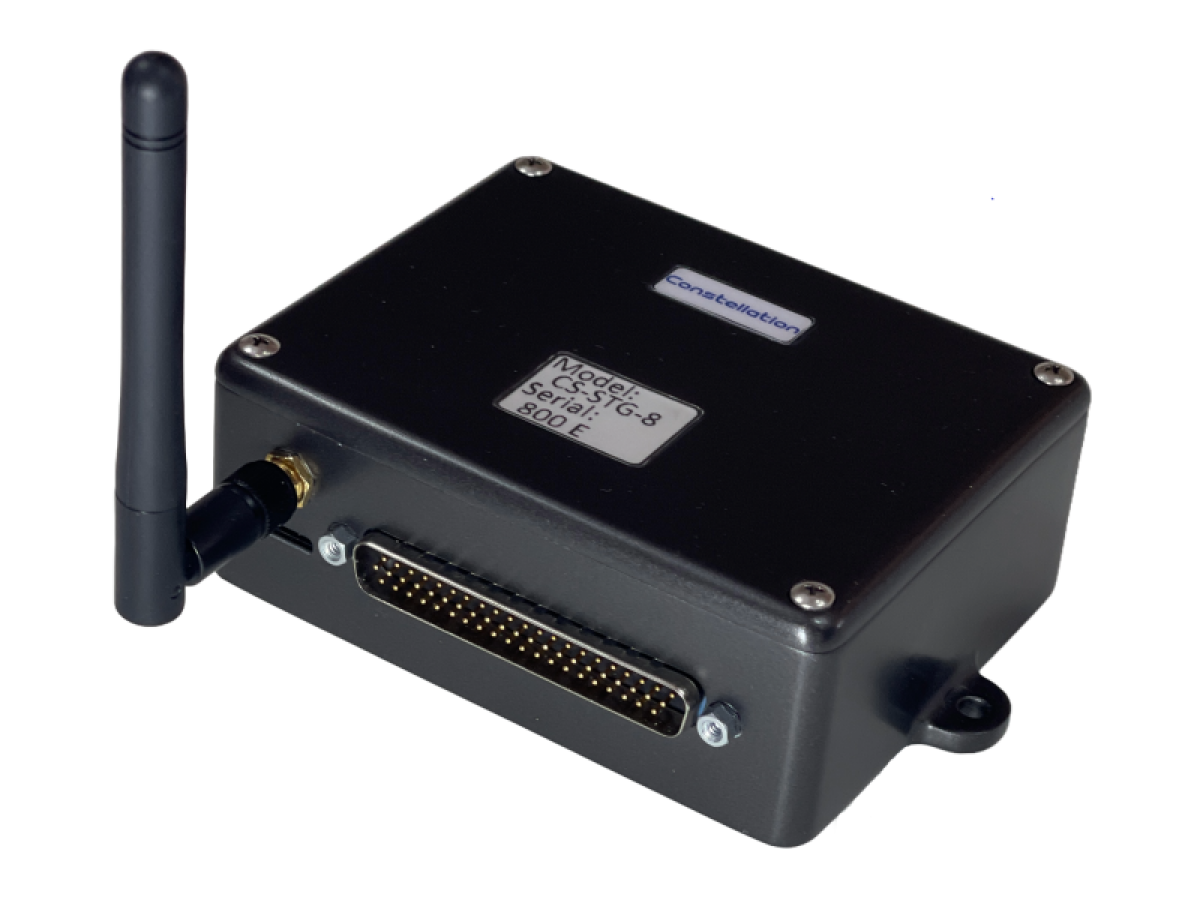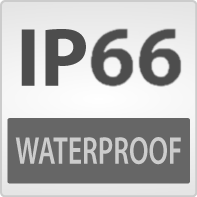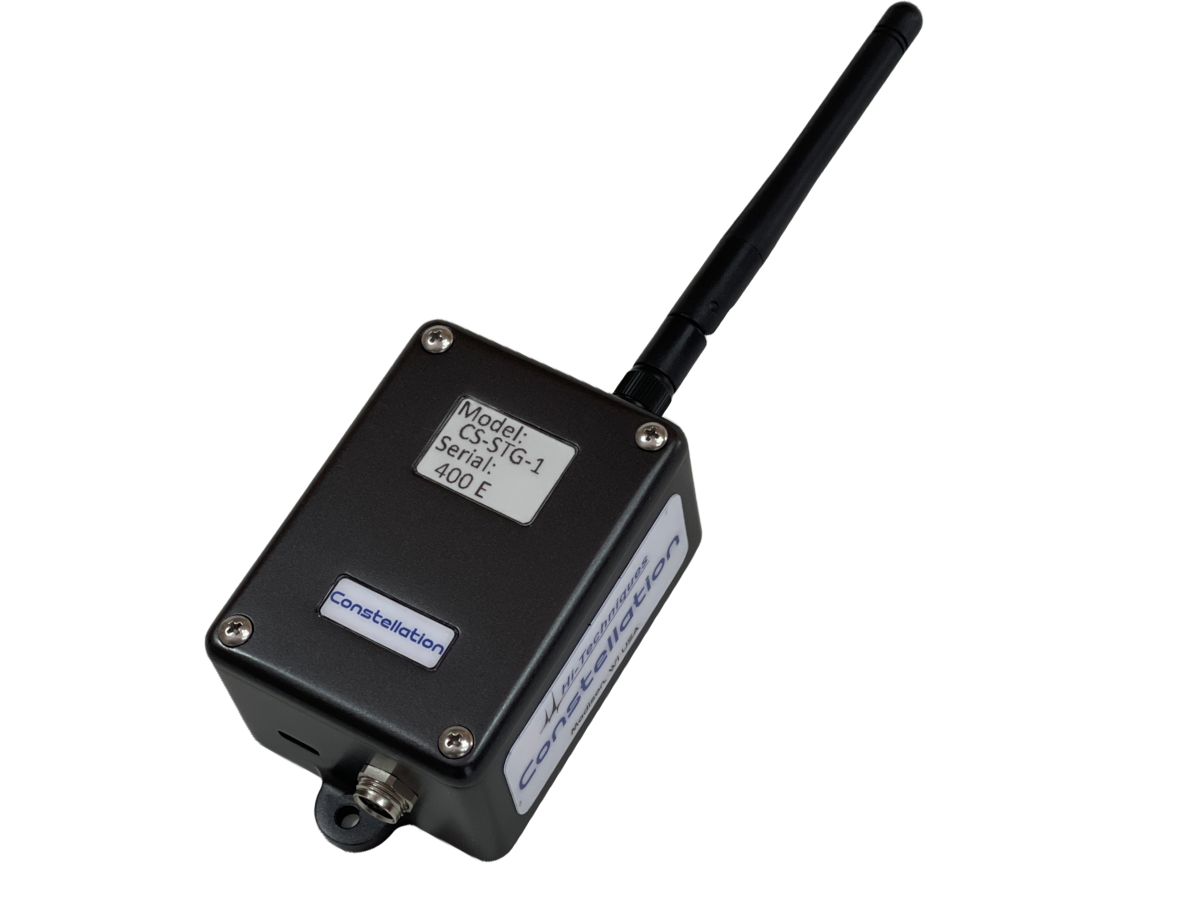
Extending DAQ Performance









Previous generations of wireless sensor transmitter devices have been extremely limited in capabilities. Channel time delays are generally unspecified, there is no ability to closely synchronize multiple channels, and there are A-D and D-A converstions before reaching your DAQ system, where the signal is digitized yet again, each conversion adding noise and distortion.
The Constellation Receiver supports up to 32 simultaneous wireless sensor modules at sample rates up to 10 kS/s per channel. All data is synchronized between modules as well as with traditional wired sensor data at the echelon and streamed to SSD.
Constellation supports most 350 Ω or higher quarter, half, and full bridge devices including strain gages, load cells and torque transducers. An internal 350 Ω precision completion resistor simplifies quarter bridge connections. 3V fixed excitation provides the ability to resolve signals to less than ½ microstrain.
In addition to continuous streaming to the Echelon SSD at high or low sample rates, Constellation supports a number of data reduction capabilities including:
Time Synchronous Data
Constellation Wireless Transmitters utilize a proprietary time synchronization capability similar to the IEEE 1588 Precision Time Protocol (PTPv2) which continuously measures and adjusts for delay times between sensors and between the Echelon receiver module to ensure transmitter modules remain synchronized with the receiver regardless of sensor position. The synchronization process involves time offset correction and sample rate correction between the Echelon master clock and the slave clocks on the Constellation Transmitters. The slave clocks synchronize with the master through event messages that are embedded with the sensor data. Acquired data is therefore continuously synchronous despite physical separation of measurements.
Timing uncertainty is also minimized due to the method of transmission to the Echelon Data Acquisition system. Competitive wireless transmitters digitize the data and subsequently send the data through a Digital to Analog Converter before digitizing the data again using a third party DAQ system. This method can cause significant time skew between wired and wireless sensors.
The Constellation Advantage
Constellation digitizes the data directly at the transmitter and sends digital data to the Echelon receiver, eliminating both time skew and induced noise on analog signal paths.
Particularly in the harsh EMI environment of electric vehicles where radiated noise can significantly affect measurement quality, a long cable is susceptible to radiated noise that overwhelms a microvolt-level strain gage signal. Constellation allows you to place the ADC close to the sensor and eliminate the long cable run!
To support a variety of installation requirements, Constellation transmitters include an internal antenna as well as a water resistant SMA connector for an external antenna. An optional cabled antenna provides coverage if the transmitter is located under a chassis or inside a compartment.

Once the Transmitter is paired, it automatically appears in the Channels list with the other wireless channels, wired analog and digital channels, vehicle bus data, video, and GPS channels for display in Aspire ™software